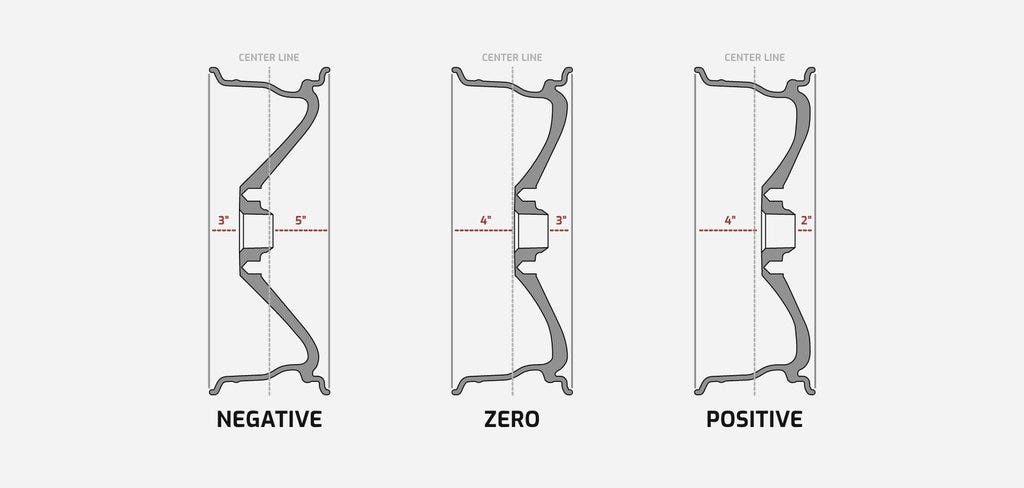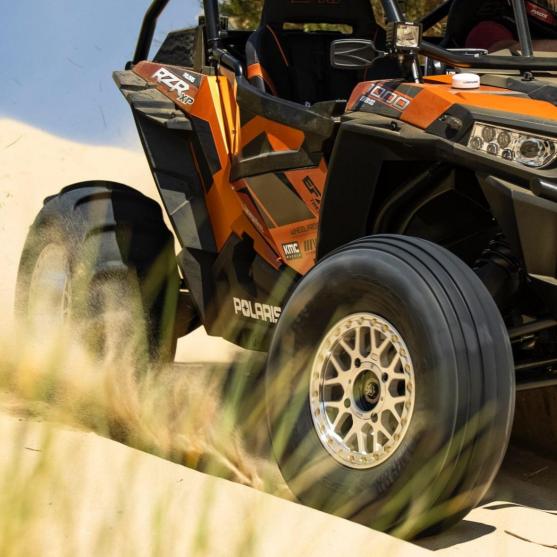So, you got yourself an ATV or UTV, and if you’re anything like us, you’re ready to grab some new wheels. But what is offset, and what do these numbers mean?




The second number specifies the length, in inches, from the hub to the outer lip of the rim. So, in the case of a wheel with a 4+2 offset, there will be 4” of distance from the inner lip to the hub, and 2” of distance from the hub to the outer lip. In this scenario, this wheel would have a “positive” offset.


Understanding Positive and Negative Offset:
In a positive offset setup, the hub is placed toward the outer half of the wheel, resulting in the wheel “tucking” under the machine. Not only does this improve width clearance by minimizing the overall footprint of your rig but promotes an “OEM feel” handling characteristic. For example, 4+2 helps eliminate pesky bump steer; the unintended changes to the steering angle which occurs without driver input.


Conversely, in a negative offset setup, the hub is placed toward the inner half of the wheel. In this scenario, the wheel will be “poking” beyond the fender. For example, 3+5 offset will increase the overall width of your rig, effectively “widening your stance.” A wider stance improves your rig’s stability and creates room for larger tires, however, tends to cause a level of unresponsiveness and more bump steer in the steering wheel.


Choosing a wheel with the correct offset for your application will vary depending on your aesthetic preference and type of terrain you plan on encountering during your motoring adventures!












